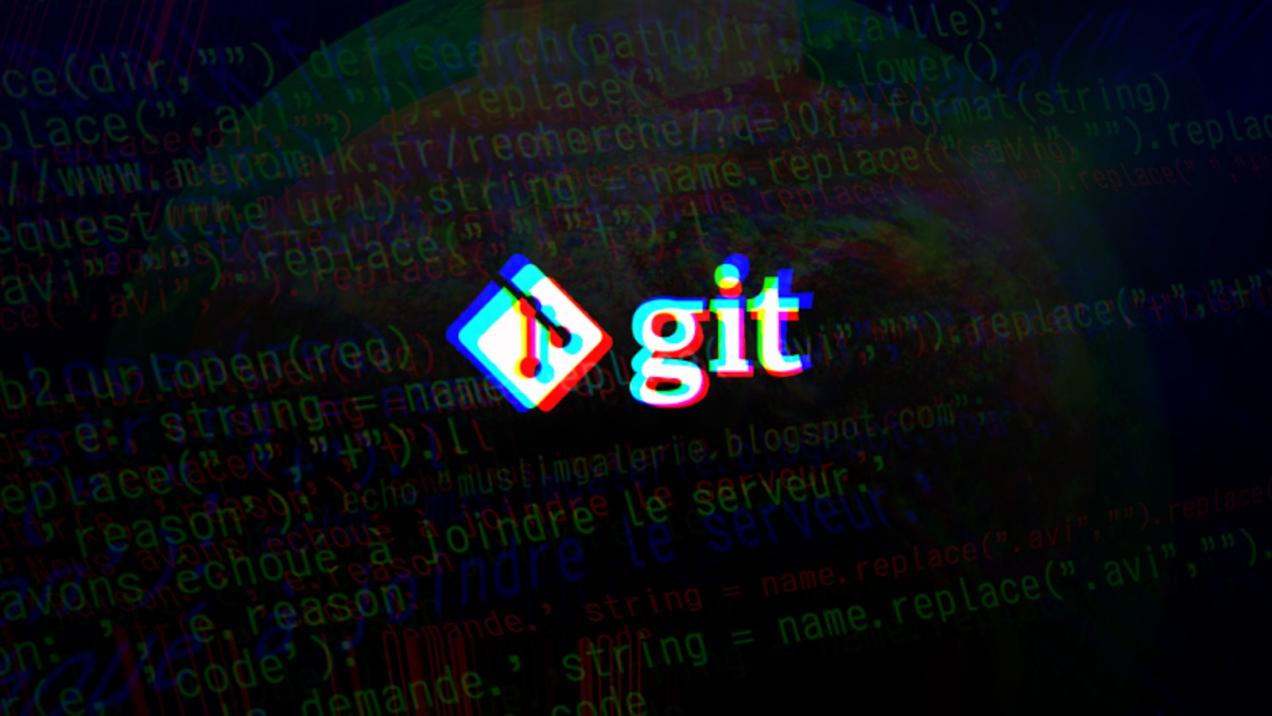What Are Some Common Git Errors and How Can I Fix Them?
Git is a powerful version control system that helps developers track changes to their code and collaborate effectively. However, as with any complex tool, users may encounter errors while working with Git. This article aims to identify some common Git errors and provide solutions to help users resolve them.

Common Git Errors
A. Error: "fatal: Not A Git Repository"
Explanation: This error occurs when you try to run Git commands in a directory that is not a Git repository.
Solution: To resolve this error, you need to initialize a Git repository in the directory. You can do this by running the following command:
git init
B. Error: "fatal: Ambiguous Argument"
Explanation: This error occurs when Git cannot determine which file or directory you are referring to.

Solution: To fix this error, you can use more specific file or directory names. Alternatively, you can use tab completion to select the correct option.
C. Error: "fatal: Pathspec 'file.txt' Did Not Match Any Files"
Explanation: This error occurs when you try to stage or commit a file that does not exist in the current directory.

Solution: To resolve this error, ensure that the file exists and is in the correct directory.
D. Error: "fatal: Not A Valid Object Name"
Explanation: This error occurs when you try to reference a Git object (e.g., a commit or branch) that does not exist.
Solution: To fix this error, verify the object name or use the "git log" command to list all available objects.
E. Error: "fatal: Could Not Read From Remote Repository"
Explanation: This error occurs when Git fails to connect to a remote repository.
Solution: To resolve this error, check your internet connection and ensure that the remote repository is accessible.
Additional Tips For Avoiding Git Errors
- Use clear and descriptive commit messages.
- Regularly push your changes to a remote repository.
- Keep your local repository up-to-date by pulling changes from the remote repository.
- Use Git branches to isolate different sets of changes.
- Learn and use Git commands for specific tasks, such as merging, rebasing, and resolving conflicts.
In this article, we discussed some common Git errors and provided solutions to help users resolve them. By following the tips and solutions provided, users can avoid common pitfalls and work more efficiently with Git.
To learn more about Git and improve your skills, consider exploring online tutorials, documentation, and resources available from the Git community.
YesNo

Leave a Reply